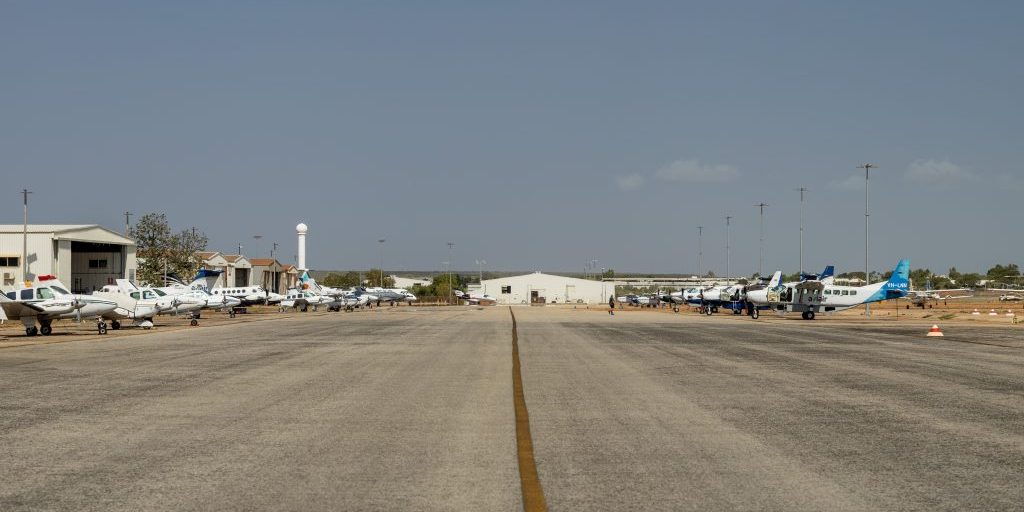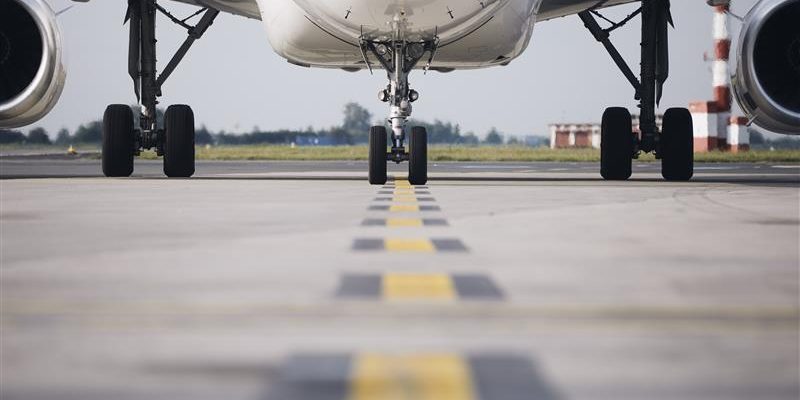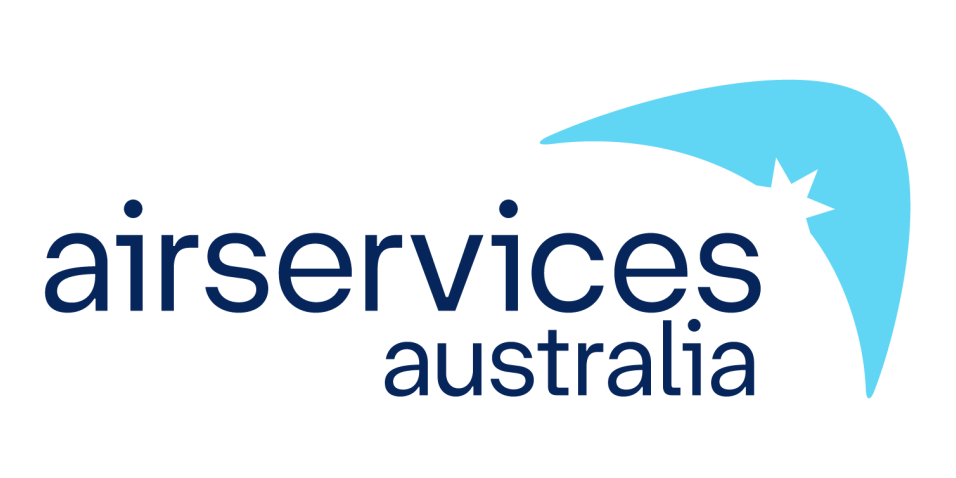Airservices Australia has released its Australian Aviation Network Overview report for February 2024.
Highlights include:
- The Australian aviation network recorded a 2 per cent increase in flights compared to the previous month (January). We are also seeing a gradual diversification in domestic and international route structures, bringing improved connectivity to regional Australia and international markets. Post-pandemic traffic growth continues to be leisure-driven, as shown by the surge in domestic traffic in late February coinciding with major entertainment events in Sydney and Melbourne.
- Despite weather disruptions throughout the summer period, overall industry on-time performance (OTP) improved from December 2023, with service reliability and resilience being a shared priority across our sector. OTP and Ground Delay Program (GDP) compliance nevertheless remain below historical benchmarks.
- Additional governance has been implemented to more finely balance demand with capacity by ensuring GDP application occurs only at those times when most needed. Monitoring and reporting on the additional controls will aid our collective understanding of the effect on OTP and airborne delays. Targeted industry engagement to increase GDP compliance also remains a focus to optimise capacity and constraint management, particularly in protecting the first rotation period given limited opportunity to recover as the day progresses and airlines’ reliance on this period for route connectivity and aircraft utilisation.
- The consistency of air traffic services in 2024 to date continues to improve from the average monthly trend in 2023. In February, the service impact due to Airservices’ capacity constraints was at its lowest level in 10 months affecting just 1.3 per cent of all flights. Where GDP periods were implemented, 8 per cent of ground delay periods were attributable to Airservices. Additional layers of resilience and flexibility continue to be built into the air traffic services operating model to deliver month-on-month improvements. This includes our recruitment program, training system improvements, refining traffic management processes and continual investment in our people experience and service culture.
- Australia’s drone market is expected to grow significantly over the next 20 years, with commercial drone flights projected to grow from around 1.5 million currently to 60 million flights per year by 2043. Enhanced drone surveillance and transformation in air traffic management through advanced technology and data insights is critical to enable the safe and seamless integration of uncrewed operations into the Australian aviation network.
- The intensification of aircraft noise complainants nationally, as well as developments in new airport infrastructure highlight the importance of a whole-of-industry approach to address the impact of aircraft noise on the community. The announcement of the Senate inquiry into aircraft noise provides further focus on the importance of establishing and maintaining social licence.
About Airservices
Airservices Australia is the Federal Government-owned organisation responsible for the safety of 11 per cent of the world’s airspace and the provision of aviation rescue fire fighting services at Australia’s busiest airports. We work closely with our customers and industry to support the long-term growth of the aviation industry and are investing in technologies to position Australia at the forefront of innovation in the global aviation industry.



